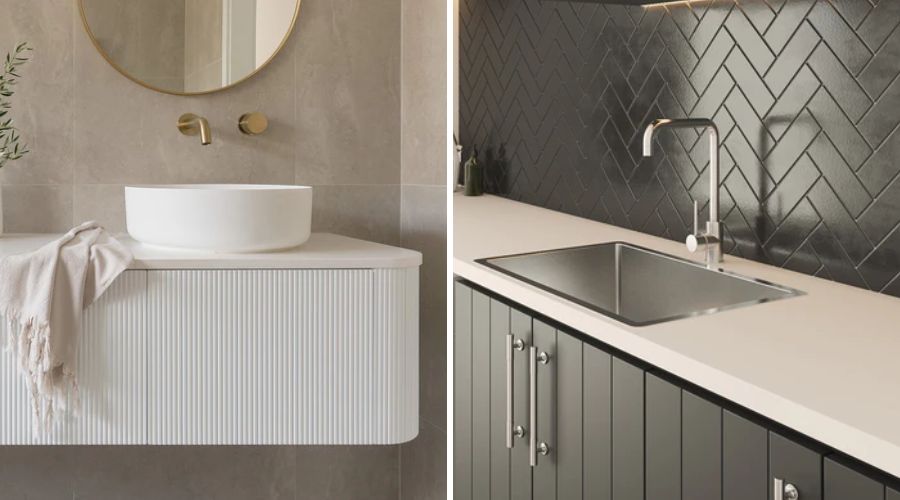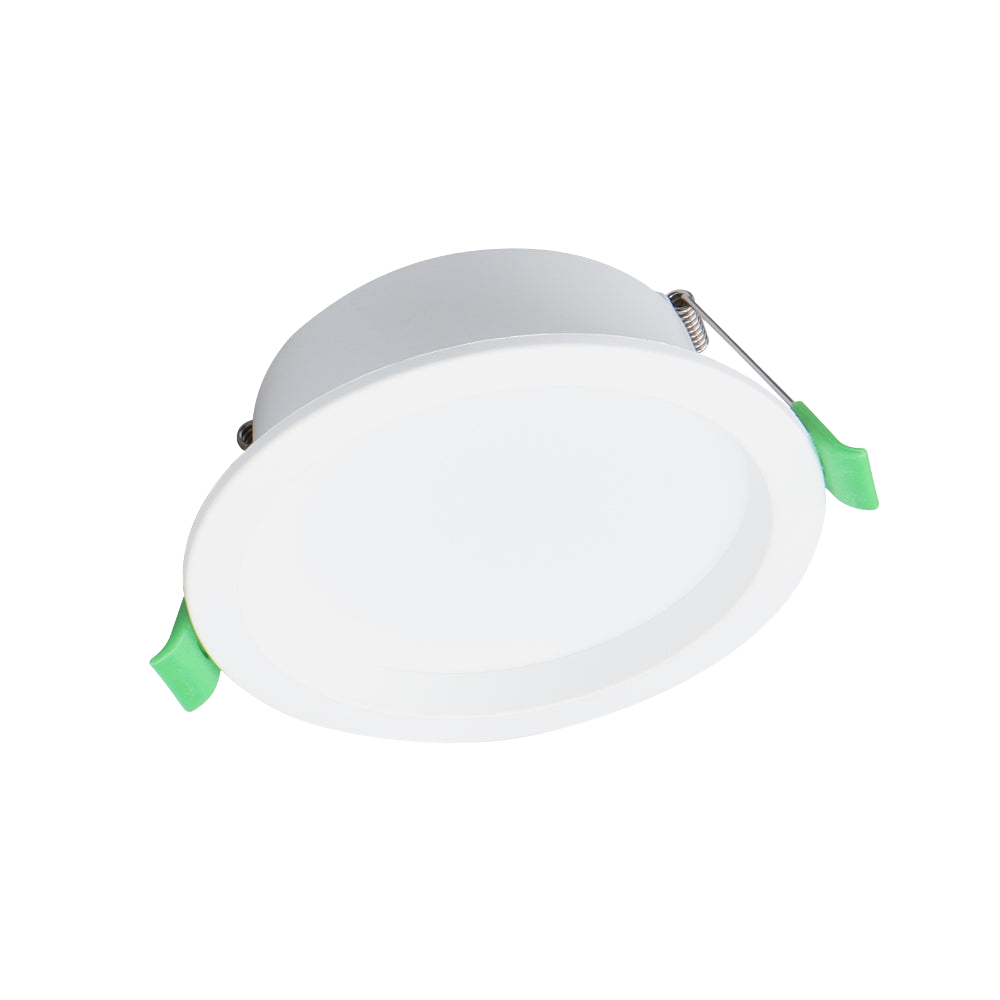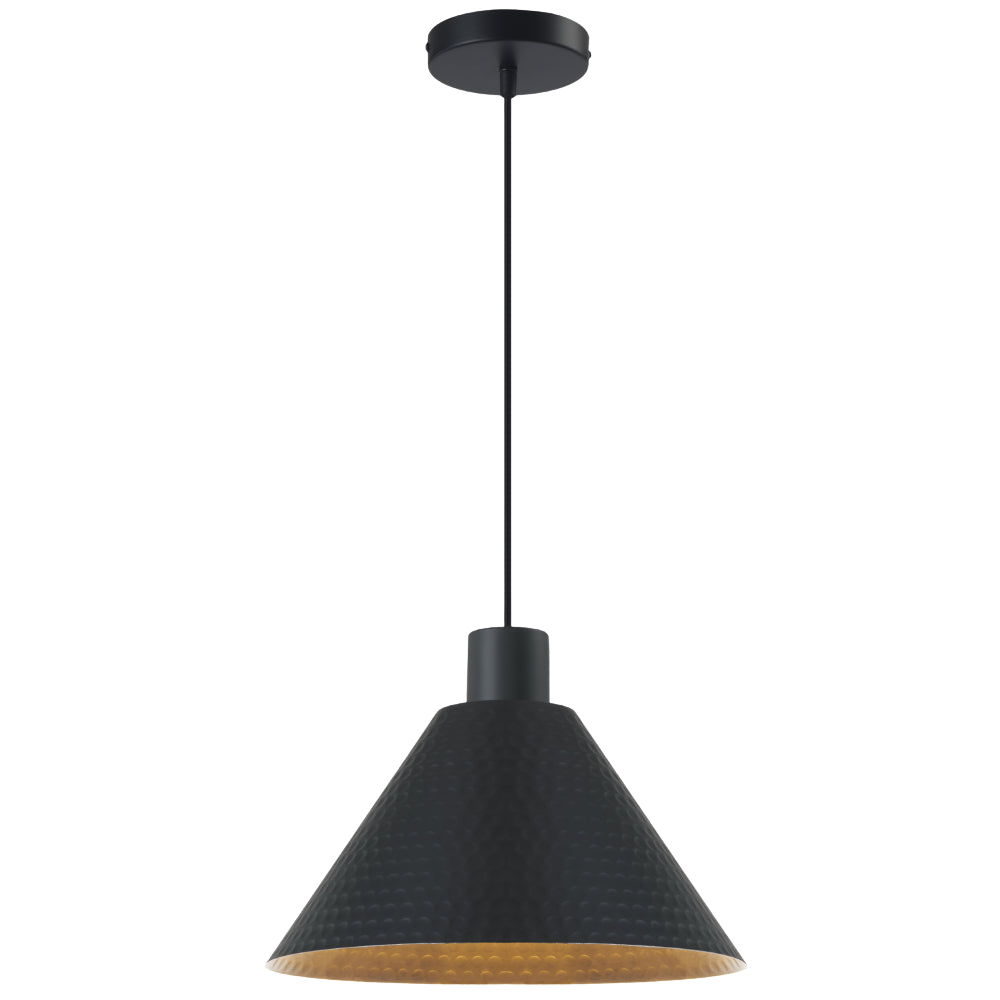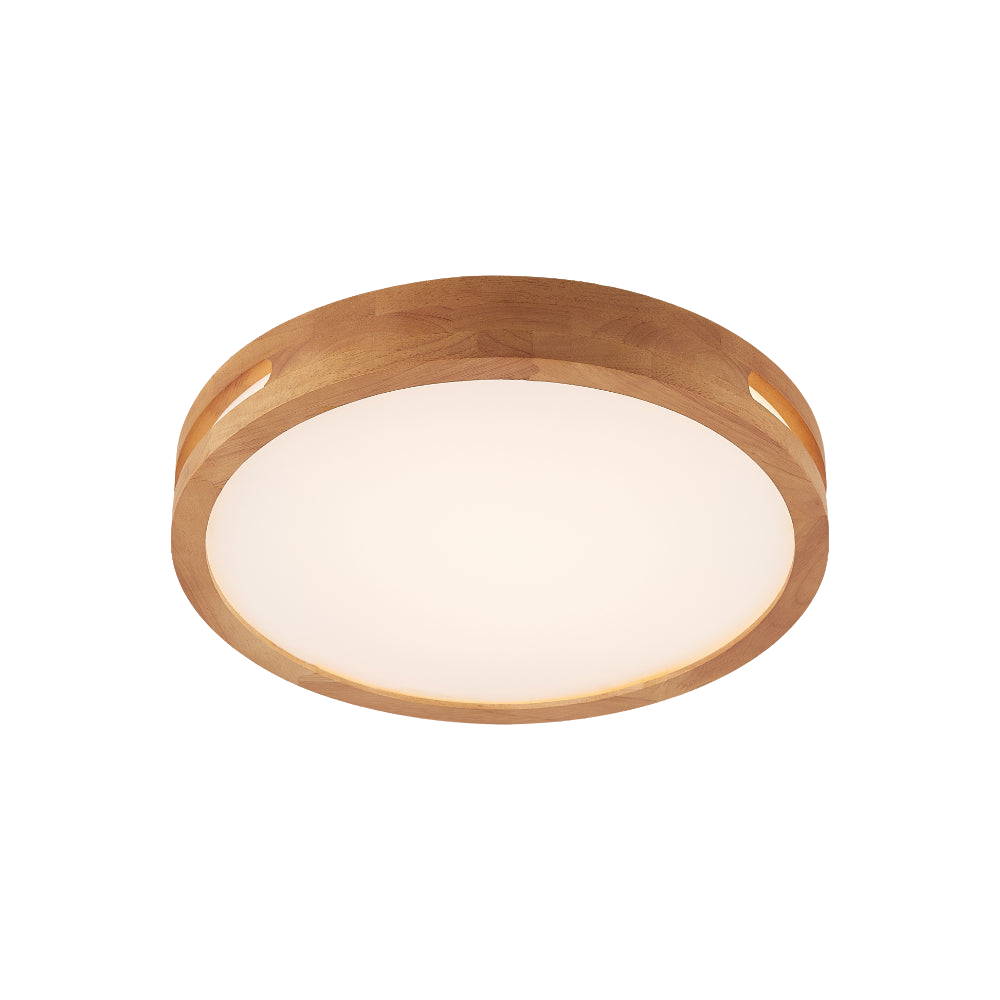How to Match Your Wall and Floor Tiles in Any Room
From bathroom tiles to kitchen tiles to laundry tiles, here’s how to confidently match wall tiles and floor tiles to create a cohesive, stylish space that looks like it was designed by a professional.

Choosing your wall tiles and floor tiles isn’t just a technical decision – it’s a design one, too. The right combination can create a space that feels balanced, well-styled and finished. But get it wrong, and you might end up with a look that feels disjointed, flat or awkward.
The good news? You don’t have to be an interior designer to get it right. With a few smart principles and a good understanding of how tiles behave in different rooms, you can create a cohesive look that flows from floor to wall and throughout your home.
6 Tips to Match Floor Tiles & Wall Tiles
1. Start with the room's function and mood
Before you even think about colours or finishes, step back and consider the purpose of the room and the kind of mood you want to create. A bathroom needs tiles that handle moisture and offer slip resistance, but you might also want it to feel calm, spa-like, or textural. A laundry splashback has different needs, like easy cleaning, visual interest, and complementing your cabinetry.
In a small ensuite, using the same tile on both the wall and floor, like a beige tile or grey tile in a matte finish, can create the illusion of space and feel minimal and refined. But in a larger bathroom or living space, mixing materials might make more sense, helping you zone different areas and introduce warmth or pattern.
Light coloured tiles in the bathroom are great at opening up space, and these tiles like the Dune Bone Matt can be used on both the wall and floor.
2. Decide whether to match or contrast – then commit to it
A lot of people assume your wall and floor tiles have to match, but this is only one option. Matching can look incredibly sleek, especially in smaller spaces, but contrast can bring much-needed visual interest and depth. It’s about choosing an approach that fits the space, and sticking to it.
If you choose to match, using the same tile on both surfaces can create a clean, continuous look, ideal for contemporary laundries or minimalist bathrooms. This works especially well with large-format tiles like 600x600 tiles, which reduce grout lines and create a seamless flow from floor to wall.
On the other hand, if you prefer to contrast, think about balance. A bold feature floor (like terrazzo or decorative tiles) should be paired with quieter walls. Alternatively, keep the floor neutral and bring interest through a patterned or coloured wall tile like a subway green tile.
Read more: Which Tile Style Matches Your Space? A Guide to Finding Your Look
3. Create a focal point by letting one surface lead
When both your floor and wall tiles are vying for attention, the room can quickly start to feel chaotic. That’s why it helps to choose one surface to lead, and let the other support it. In most cases, the floor takes on a grounding role, while the wall tiles add personality, pattern, or colour.
If you’re using decorative or textural wall tiles, like penny round mosaics or a bold feature herringbone layout, anchor them with a soft, neutral-toned floor. Think a light grey matt tile, a warm white tile, or a soft concrete-look porcelain tile.
For example:
- Choose a subway style tile or gloss ceramic on the wall
- Pair with a simple matt floor tile in a similar tone (e.g. white-on-white, or green-on-grey)
- Let your fixtures (tapware, basin, vanity) guide accent choices like grout or accessories
This kind of pairing helps the space feel intentional without being matchy-matchy, and gives your statement tiles the room to shine.
Black tiles pair beautifully with brushed nickel tapware.
4. Use colour and tone to bring it all together
Tiles don’t have to match exactly to work together, but they should feel like they’re having the same conversation. That usually comes down to tone and undertones.
A beige tile with warm yellow undertones will feel off next to a crisp, cool-toned grey wall. Likewise, pairing a blue-grey tile with a warm white tile can make the room feel a bit off-balance.
Here’s how to pair tones that feel right:
- Stick to either cool tones (think greys, whites, blues, and charcoals) or warm tones (beige, terracotta, creams, soft greens)
- Use contrast sparingly — light on dark, or vice versa — but stay within the same undertone family
- Consider layering textures in the same tone rather than using too many colours (e.g. a honed white wall tile with a matt white floor tile)
Read more: The 6 Most Popular Floor & Wall Tile Styles in Australia

A white tiled wall paired with a darker-toned floor creates visual interest.
5. Choose finishes with both style and practicality in mind
Gloss, satin, matt, honed… finishes aren’t just about how your tiles look, but how they feel and perform.
Generally, gloss tiles are better suited to walls because they reflect light, are easy to wipe clean, and add brightness. Matt tiles, on the other hand, are best for floors, where slip resistance and subtle texture matter most.
That said, combining different finishes can be an effective way to add depth without overcomplicating the colour scheme. A soft matt floor tile paired with a high-gloss white subway tile on the wall is a timeless combo. Or reverse it: a stone-look wall tile with a satin white floor tile for something more organic and calm.
6. Match scale and layout to your space
The size and pattern of your tiles can dramatically impact how a room feels. Matching wall tiles and floor tile scale is often overlooked — but it’s key to a polished look.
- In small bathrooms, consider larger floor tiles with smaller wall tiles to create contrast and avoid overwhelming the space.
- If you’re using the same tile on both surfaces, lay them in different directions (horizontal on walls, diagonal or vertical on floors).
- Try playing with tile patterns (stack vs staggered, herringbone vs straight lay) to subtly separate zones while keeping the material consistent.
Matching Floor Tiles & Wall Tiles is About Harmony
Matching your floor and wall tiles doesn’t mean making them identical. It means choosing combinations that feel thoughtful, intentional, and well-balanced.
Here’s your cheat sheet:
- Choose one surface to lead (wall or floor)
- Use tone, texture, and scale to create visual connection
- Mix finishes to add depth (matt + gloss, honed + polished)
- Stick to one to two colours or tones for a cohesive look
- Always consider the mood and function of the room
Need help getting started?
Explore Buildmat’s full tile collection online, including penny round tiles, feather tiles, splashback tiles, and kit kat tiles. Or, stop by our Melbourne showroom to see tile pairings in person and get hands-on with samples.


































































































































































































































































































































